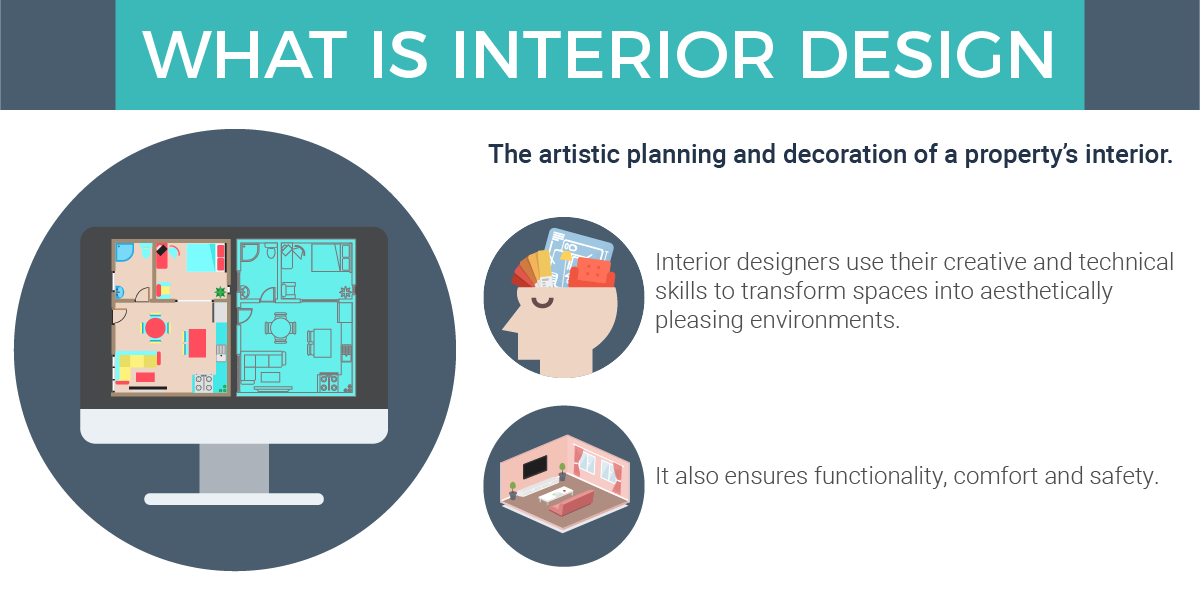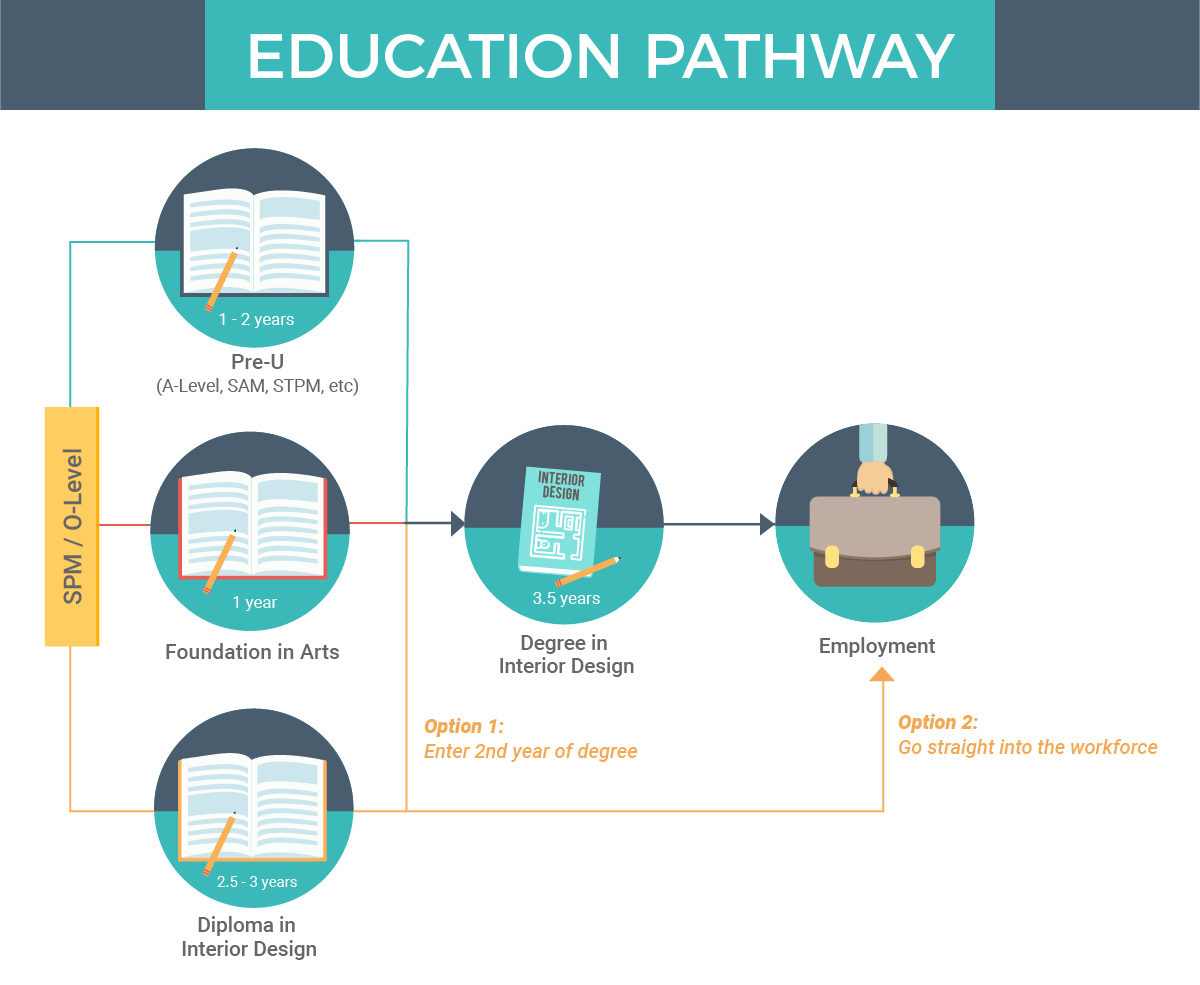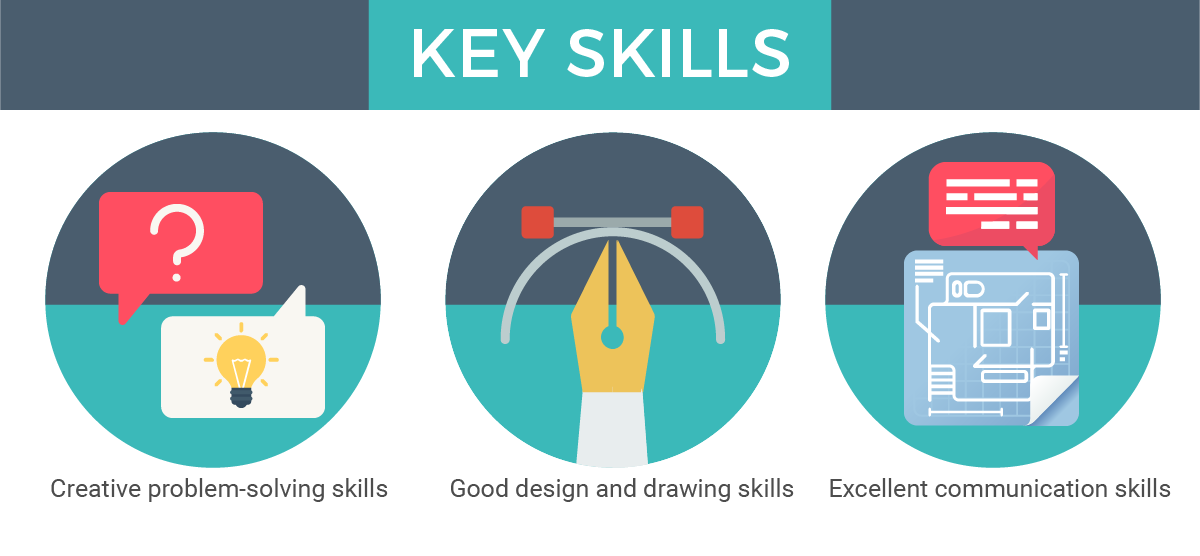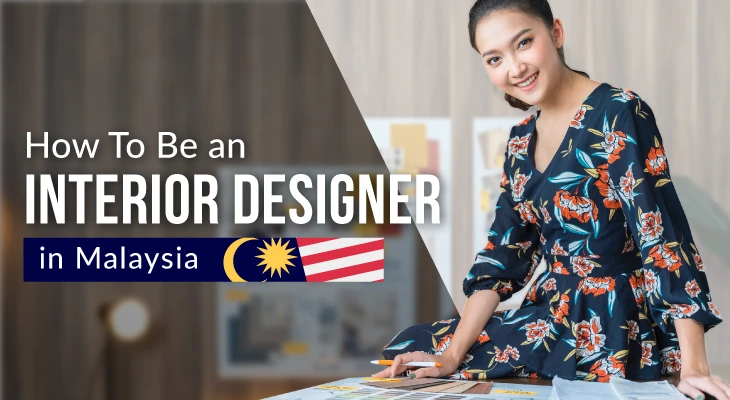The Complete Guide to Studying Interior Design in Malaysia
Explore the pathway to becoming an interior designer and learn more about the interior design course, including its requirements and pathways in this guide.

Do you enjoy frequent excursions to IKEA and constantly marvel at showroom exhibitions? Do interior decorations and the harmonious cohesion of furniture, walls, lighting and even plants in a room turn you on?
If you answered yes to the above questions, then a future in interior design may be your one true calling!
This comprehensive guide to studying Interior Design explains what you need to know about the course in Malaysia and will help you determine if it’s the right programme for you.

First City University College
BA (Hons) Interior Architecture & Design
✓Learn from staff members from professional bodies including Lembaga Arkitek Malaysia(LAM), Malaysian Institute of Interior Designers (MIID) and Majlis Rekabentuk Malaysia (MRM)
#1. The Basics of Interior Design
a) What Is Interior Design
Interior design is the artistic planning and decoration of a property’s interior.
Just about every location you go to incorporates some form of interior design, from cafes and restaurants to offices, hotels and even hospitals. Interior designers use their creative and technical skills to transform spaces into aesthetically pleasing environments.
But the role of interior design doesn’t end there! It also ensures functionality (e.g. making sure rooms have natural ventilation to avoid smells), comfort (e.g. minimising noise for better patient comfort in hospitals) and safety (e.g. avoiding gloss finish wood on stairs to prevent slipping).
Studying interior design will teach you the essential skills needed for this profession, such as how to plan interior layouts, understanding construction materials and using interior design software.
DID YOU KNOW
In Malaysia, interior design and interior architecture courses are similar. Both will equip you with the knowledge and skills to be an effective, analytical and creative interior designer.
#2. Studying Interior Design
a) Entry Requirements & Qualifications
To take a course in Interior Design, you are required to meet the entry requirements set by colleges or universities.
(i) Diploma in Interior Design
These are the general entry requirements for a Diploma in Interior Design:
- SPM / O-Level: Minimum of 3 credits
Some institutions may require you to pass an Art subject at SPM level. If you do not have this, you may be required to pass a portfolio review or a drawing test. Other institutions may need you to have a pass in Mathematics at SPM level.
A Diploma in Interior Design typically takes about 2.5 to 3 years to complete.
Upon completion, you can choose to join the working world, or further your studies to a Degree in Interior Design (entering from the second year onwards).
(ii) Degree in Interior Design
To pursue a Degree in Interior Design, you need to complete your SPM or equivalent qualification and a pre-university programme or relevant diploma.
The requirements needed to pursue an Interior Design Degree are:
- A-Level: Minimum of 2Es; or
- STPM: Minimum of 2Cs with minimum CGPA of 2.00; or
- Australian Matriculation: Minimum of ATAR 60; or
- Foundation in Arts or Foundation in Science: Minimum CGPA of 2.00; or
- Diploma: Minimum CGPA of 2.00
In addition, some universities may require you to have passed an Art subject in SPM or if you do not meet this requirement, you will then need to pass a portfolio review or drawing test.
A Degree in Interior Design typically takes about 3.5 years to complete.
Upon the completion of your degree, you will be equipped with comprehensive knowledge on interior design, as well as how to use advanced computing software for your drawings. At the same time, you will also develop crucial soft skills such as critical thinking, problem-solving and oral and written communication skills that will be useful in the workplace.

b) How Does Your Education Pathway Look Like?
Upon the completion of your SPM or equivalent qualification, you can opt to enrol into pre-university (STPM, A-Level, etc.) or Foundation in Arts programmes. Alternatively, you can also choose to pursue a Diploma in Interior Design which can fast-track you into Year 2 of your degree programme.
Completing a pre-university or a foundation programme will enable you to proceed to an Interior Design Degree. After graduating, you can enter the workforce or pursue a postgraduate degree in a related field.
c) What Will You Study in Interior Design?
An Interior Design Degree will equip you with an in-depth understanding of the principles and practices of space planning and design, 3D rendering, colour theories as well as materials and construction.
Here are some of the subjects you may study as part of your Interior Design Degree:
- Design Principles and Theories
- History of Architecture and Design
- Building Material and Construction
- Environmental Psychology
- Architectural Drawing
- Computer-Aided Design (CAD)
- Contract and Project Management
You will also need to undergo 6 months practical training or internship as part of your degree. This will not only help you to apply what you have learnt to the real world but also allow you to enhance your portfolio, which can be invaluable when you graduate.

First City University College
Foundation in Art & Design
✓Gain experience in practical studio work such as drawing, experimentation and exploration of media and material, and model making
#3. Why Should You Study Interior Design?
Here are some reasons why Interior Design could be your one true calling.
(a) You are creative
Interior designers are often creative individuals who have strong artistic skills and enjoy creating beautiful things. This gives them an advantage when proposing unique interior design ideas to clients.
(b) You love designing the look of spaces
Do you find yourself constantly changing the furniture in your bedroom just because you “want to switch things up for fun”? Always helping someone decorate a space during your free time? If you have a knack for identifying the most efficient way to elevate a space with the resources you already have, you should definitely consider pursuing a course in interior design!
(c) You’re interested in all aspects of design
Interior design is more than just decorating spaces with beautiful colours, fabrics and patterns. It’s also about ensuring that the space is functional, practical and safe. This includes considering various aspects, such as ergonomics, environmental psychology and building safety.

#4. What Skills Do You Need for an Interior Design Course?
Here are some of the key skills you need to develop to excel in an interior design programme.
(a) Creative problem-solving skills
There are many things that can go wrong when designing a space, such as budget constraints, indecisive clients, unreliable vendors and tight turnaround times. As a result, you will need to be quick on your feet and offer practical solutions to any arising issues.
(b) Good design and drawing skills
Not everyone will be able to understand your vision of the space, so you will need to sketch out your ideas to get the message across. You will also need to master computer-aided drawing (CAD) and 3D rendering so that your ideas will be more attractive and easier to envision.
Although you are not required to be a skilful artist, it’s important that you have a good grasp of perspective, scale, proportion and balance.
(c) Excellent communication skills
Communication is key when it comes to interior design — you can’t just email your sketch or drawing with a brief summary and expect them to understand or accept your ideas soon after. As an interior designer, your day-to-day tasks will involve speaking to clients about their vision for their space as well presenting your ideas in a convincing manner.
You will also need to communicate with contractors, vendors and suppliers to get the materials you need to enhance a space and bring your client’s vision to life.

First City University College
BA (Hons) Interior Architecture & Design
✓Learn from staff members from professional bodies including Lembaga Arkitek Malaysia(LAM), Malaysian Institute of Interior Designers (MIID) and Majlis Rekabentuk Malaysia (MRM)
#5. What Career Options Do You Have With an Interior Design Degree?
Interior design graduates often go on to work in interior design and architectural firms and consultancies, property development companies and event management firms.
Jobs that are relevant to your Interior Design Degree include:
- Interior designer (residential, office, commercial)
- Interior consultant
- Set designer
- Exhibition designer
- 3D visualiser
#6. Where Can You Study Interior Design in Malaysia?
If Interior Design is right up your alley, then check out some of the best universities to study Interior Design in Malaysia.
First City University College
Bandar Utama, Selangor
BA (Hons) Interior Architecture & Design
Intake
Jan, Jun, Oct
Tuition Fees
RM58,800













